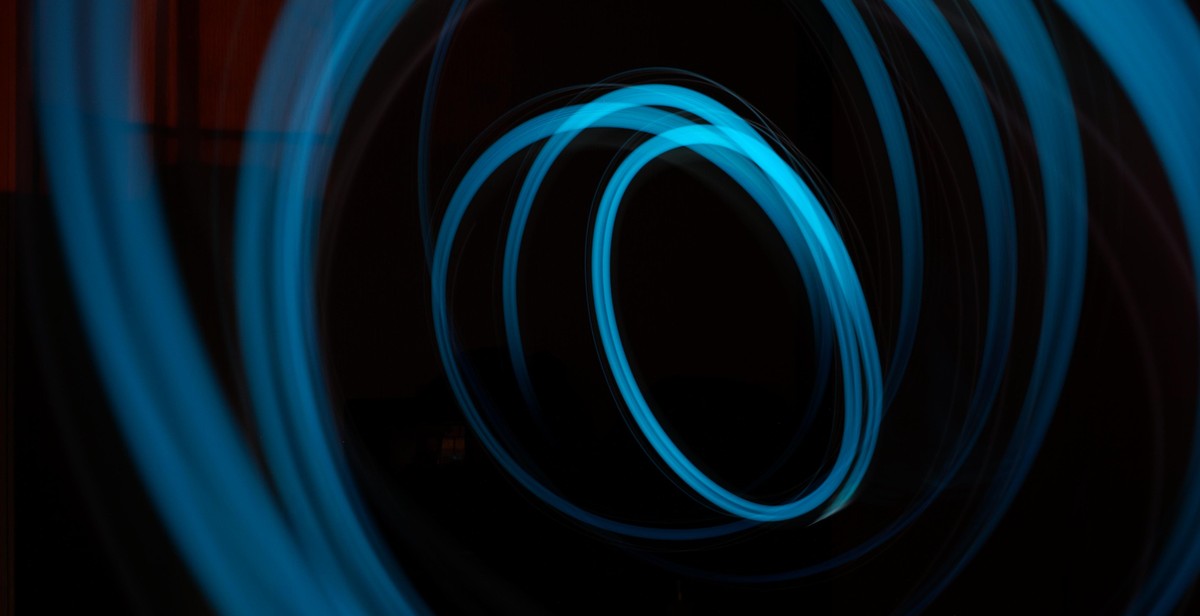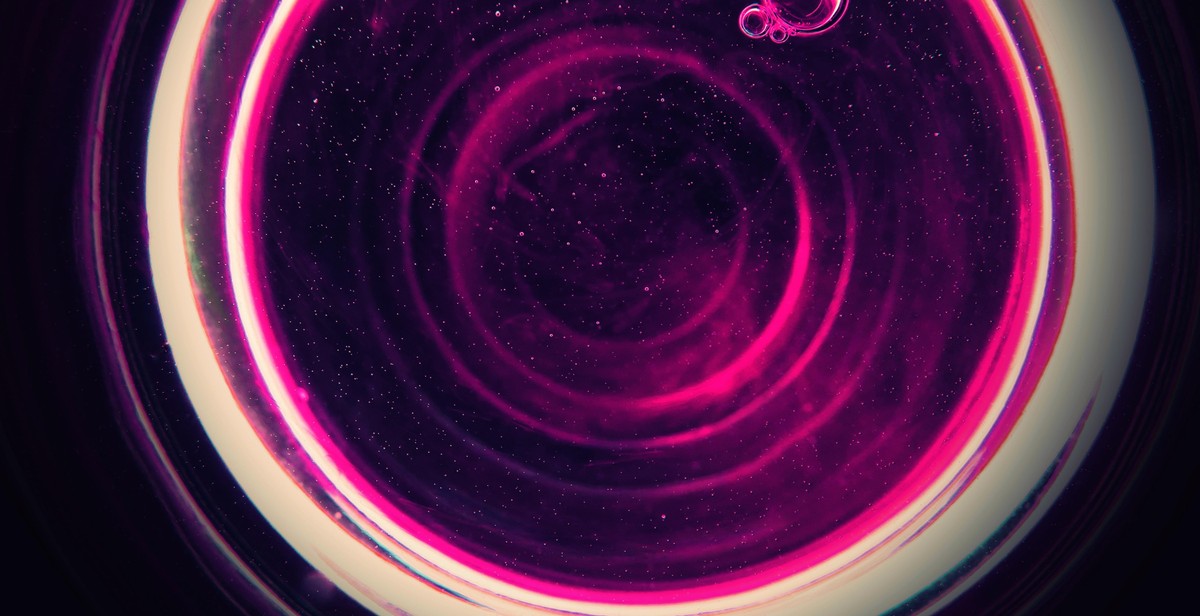Introduction: How to Prevent and Treat Under-Eye Circles and Puffiness
Under-eye circles and puffiness are common issues that affect many people, regardless of age or gender. These conditions can make you look tired, older, and less attractive. Under-eye circles are dark circles that appear under the eyes, while puffiness is the swelling of the area around the eyes. Both conditions can be caused by a variety of factors, including genetics, aging, allergies, lack of sleep, and stress.
What are Under-Eye Circles and Puffiness?
Under-eye circles are dark circles that form under the eyes. They can be caused by skin pigmentation, thinning skin, or blood vessels that are close to the surface of the skin. Puffiness, on the other hand, is the swelling of the area around the eyes. It can be caused by fluid retention, allergies, or lack of sleep. Both conditions can make you look tired, older, and less attractive.
If you’re struggling with under-eye circles and puffiness, you’re not alone. Fortunately, there are many ways to prevent and treat these conditions. In this article, we’ll explore some of the most effective methods for getting rid of under-eye circles and puffiness, including lifestyle changes, home remedies, and medical treatments.

Causes of Under-Eye Circles and Puffiness
Under-eye circles and puffiness are common beauty concerns that affect both men and women. They can make you look tired, sick, and older than your actual age. While these issues are not usually a cause for medical concern, they can affect your self-esteem and confidence. Understanding the causes of under-eye circles and puffiness can help you find the right treatment and prevention strategies.
Lack of Sleep
One of the most common causes of under-eye circles and puffiness is a lack of sleep. When you don’t get enough sleep, your body produces more cortisol, a stress hormone that can cause inflammation and fluid retention. This can lead to under-eye bags and dark circles. Getting enough sleep can help reduce under-eye puffiness and improve overall skin health.
Genetics
Genetics can also play a significant role in the development of under-eye circles and puffiness. Some people are born with thinner skin under their eyes, making blood vessels more visible and causing dark circles. Others may have a genetic predisposition to allergies or skin conditions that can lead to under-eye puffiness.
Allergies
Allergies can cause under-eye circles and puffiness by triggering inflammation and fluid buildup. Common allergens include pollen, dust, pet dander, and certain foods. If you have allergies, you may also experience sneezing, itching, and nasal congestion.
Dehydration
Dehydration can also contribute to under-eye circles and puffiness. When your body is dehydrated, it retains water to prevent further water loss. This can cause puffiness and swelling in various parts of the body, including the eyes. Drinking enough water and avoiding excessive alcohol and caffeine consumption can help prevent dehydration and reduce under-eye puffiness.
Aging
As you age, your skin loses collagen and elasticity, making it thinner and more prone to wrinkles and sagging. This can cause under-eye circles and puffiness to become more prominent. Additionally, the fat that normally cushions the eyes can migrate downward, creating bags and puffiness.
Understanding the causes of under-eye circles and puffiness can help you take steps to prevent and treat these issues. Whether you need to get more sleep, drink more water, or seek treatment for allergies, there are many effective strategies for reducing under-eye puffiness and improving your overall skin health.

Preventing Under-Eye Circles and Puffiness
Under-eye circles and puffiness can be caused by a variety of factors, including genetics, age, and lifestyle habits. While there is no one-size-fits-all solution to preventing under-eye circles and puffiness, there are several steps you can take to reduce their appearance.
Get Enough Sleep
One of the most common causes of under-eye circles and puffiness is lack of sleep. When you’re tired, your skin can become dull and pale, making dark circles more noticeable. Aim to get at least 7-8 hours of sleep per night to help reduce the appearance of under-eye circles and puffiness.
Stay Hydrated
Dehydration can also contribute to under-eye circles and puffiness. When your body is dehydrated, it retains water, which can cause puffiness around the eyes. Be sure to drink plenty of water throughout the day to help keep your skin hydrated and reduce the appearance of under-eye circles and puffiness.
Reduce Salt Intake
Consuming too much salt can cause your body to retain water, which can lead to puffiness around the eyes. Try to limit your intake of salty foods and snacks, and opt for fresh fruits and vegetables instead.
Avoid Allergens
Allergies can also cause under-eye circles and puffiness. If you suffer from allergies, try to avoid allergens that trigger your symptoms. This may include pollen, dust, or pet dander. If you can’t avoid these allergens, consider taking an over-the-counter antihistamine to help reduce your symptoms.
Protect Your Skin from the Sun
Exposure to the sun’s UV rays can cause damage to your skin, including under-eye circles and puffiness. To help protect your skin, be sure to wear sunscreen with at least SPF 30 when you’re outside. You can also wear a hat or sunglasses to help shield your eyes from the sun.
| Preventing Under-Eye Circles and Puffiness | |
|---|---|
| Get Enough Sleep | 7-8 hours per night |
| Stay Hydrated | Drink plenty of water |
| Reduce Salt Intake | Avoid salty foods and snacks |
| Avoid Allergens | Avoid allergens that trigger your symptoms |
| Protect Your Skin from the Sun | Wear sunscreen with at least SPF 30 and a hat or sunglasses |

Treating Under-Eye Circles and Puffiness
Under-eye circles and puffiness can be treated using various methods, including natural remedies, over-the-counter products, and cosmetic procedures. Here are some effective ways to reduce the appearance of under-eye circles and puffiness:
Caffeine
Caffeine is a natural vasoconstrictor that helps to reduce swelling and inflammation. It also improves blood circulation and tightens the skin. Applying caffeine-rich products, such as eye creams, under the eyes can help to reduce under-eye circles and puffiness. In addition, consuming caffeine can also help to improve blood flow and reduce water retention in the body, which can contribute to under-eye puffiness.
Tea Bags
Tea bags, particularly those containing caffeine or tannins, can help to reduce under-eye circles and puffiness. Caffeine and tannins help to constrict blood vessels and reduce inflammation. To use tea bags, steep them in hot water for a few minutes and then place them in the refrigerator to cool. Once they are cool, place the tea bags over your eyes for 10-15 minutes.
Cold Compresses
Cold compresses can help to reduce under-eye puffiness by constricting blood vessels and reducing inflammation. To use cold compresses, wrap ice cubes or a bag of frozen peas in a towel and place it over your eyes for a few minutes. Alternatively, you can soak a washcloth in cold water and place it over your eyes for 10-15 minutes.
Eye Creams
There are many eye creams available on the market that are specifically designed to reduce under-eye circles and puffiness. Look for products that contain caffeine, retinol, vitamin C, or hyaluronic acid, as these ingredients can help to improve circulation, reduce inflammation, and hydrate the skin. Apply the eye cream gently under the eyes using your ring finger, which applies the least amount of pressure.
Cosmetic Procedures
If natural remedies and over-the-counter products are not effective, you may want to consider cosmetic procedures, such as fillers, laser treatments, or chemical peels. These procedures can help to reduce the appearance of under-eye circles and puffiness by tightening the skin, reducing pigmentation, and stimulating collagen production. However, they are more invasive and expensive than other treatments, so it is important to consult with a qualified professional before undergoing any cosmetic procedure.
Overall, there are many effective ways to prevent and treat under-eye circles and puffiness. By incorporating these remedies into your daily routine, you can improve the appearance of your under-eye area and boost your confidence.

Conclusion
Under-eye circles and puffiness can be a frustrating cosmetic concern for many people. But with the right prevention and treatment strategies, you can reduce their appearance and improve the overall health and appearance of your skin.
Prevention Strategies
- Get plenty of sleep each night to help reduce the risk of under-eye circles and puffiness.
- Avoid excessive alcohol consumption and smoking, which can both contribute to under-eye circles and puffiness.
- Stay hydrated by drinking plenty of water throughout the day.
- Eat a healthy diet rich in fruits, vegetables, and lean proteins to support overall skin health.
- Protect your skin from the sun by wearing sunscreen and avoiding prolonged exposure to UV rays.
Treatment Options
If you’re already dealing with under-eye circles and puffiness, there are several treatment options available to help reduce their appearance:
| Treatment Option | Description |
|---|---|
| Topical creams | Look for products containing caffeine, vitamin K, or retinol, which can help reduce puffiness and dark circles. |
| Cold compresses | Apply a cold compress or chilled cucumber slices to the affected area to help reduce swelling and inflammation. |
| Fillers | Injectable fillers can be used to plump up the under-eye area and reduce the appearance of dark circles and puffiness. |
| Surgery | In severe cases, surgery may be necessary to remove excess fat or skin from the under-eye area and improve the appearance of dark circles and puffiness. |
Consult with a dermatologist or cosmetic surgeon to determine the best treatment option for your individual needs and concerns.
By incorporating these prevention and treatment strategies into your skincare routine, you can achieve a brighter, more youthful-looking under-eye area and feel more confident in your appearance.
